
Indian election: cow vigilantes, GST, job losses. Voters should have the Modi blues ... so why is Gandhi’s Congress set to fail?
- Religious violence, an unpopular tax, disappearing jobs. India’s voters have plenty to judge Prime Minister Narendra Modi on come election time
- So why is the opposition Congress – led by a Gandhi – struggling to make anything stick?
It was supposed to be the day the Indian opposition seized the election narrative; instead, it felt like a demonstration in how to lose it.
So perhaps it was not surprising that when a journalist interrupted Gandhi with a question about another topic, he became flustered.
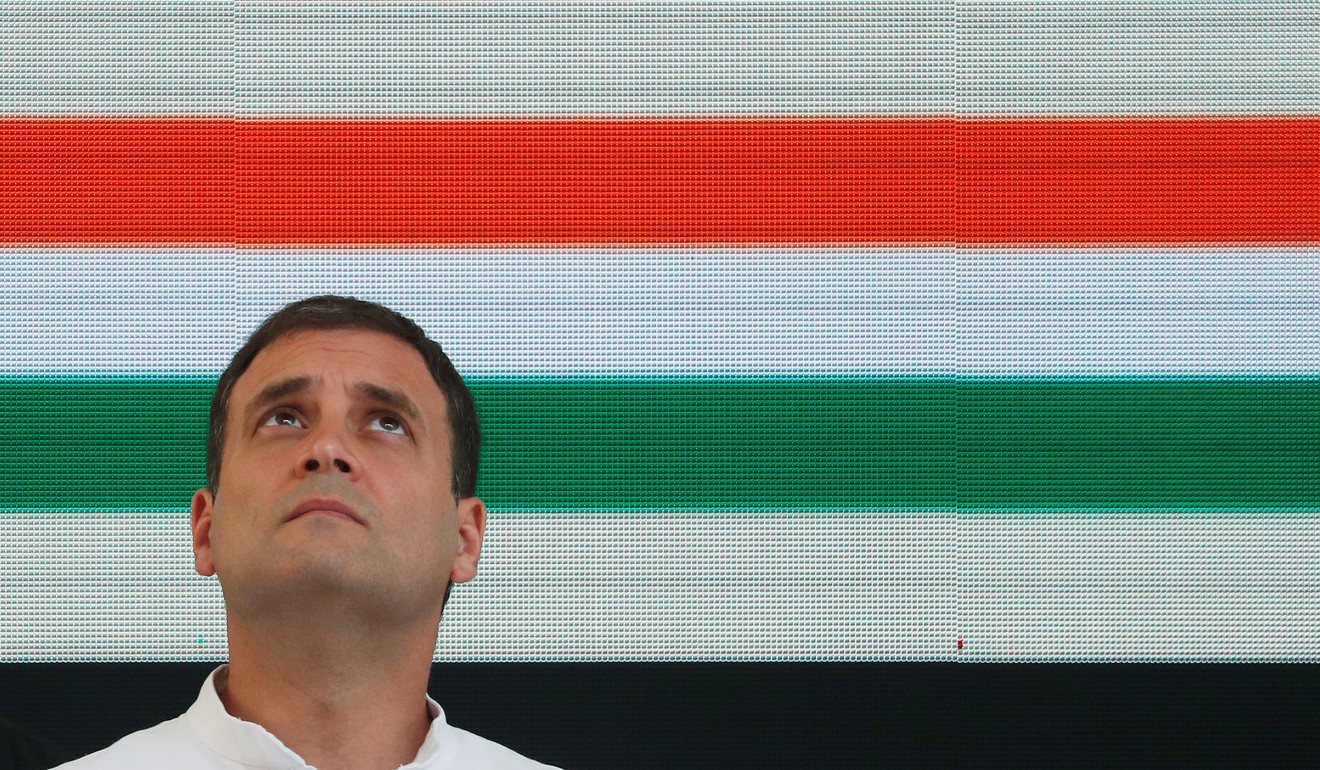
But what Gandhi did next showed he was guilty of something India’s disillusioned voters often accuse their politicians of doing: not listening.
The journalist asked Gandhi about government subsidies; yet Gandhi admonished him as if he had brought up an entirely different subject – a scandal surrounding the government’s deal to buy 36 Rafale fighter aircraft from the French company Dassault.
India election: Modi, Gandhi and the Chinese dragon in the room
“See, today I have spoken about NYAY [Nyuntam Aay Yojana, the income guarantee scheme]. You are asking me about Rafale. Today, I do not want to talk about Rafale and other such things. I want to talk about NYAY,” said Gandhi.
Still, the exchange was revealing. It was not only an acknowledgement that voters aren’t being swayed by the scandal – it was an acceptance that Congress has been barking up the wrong tree on various fronts.
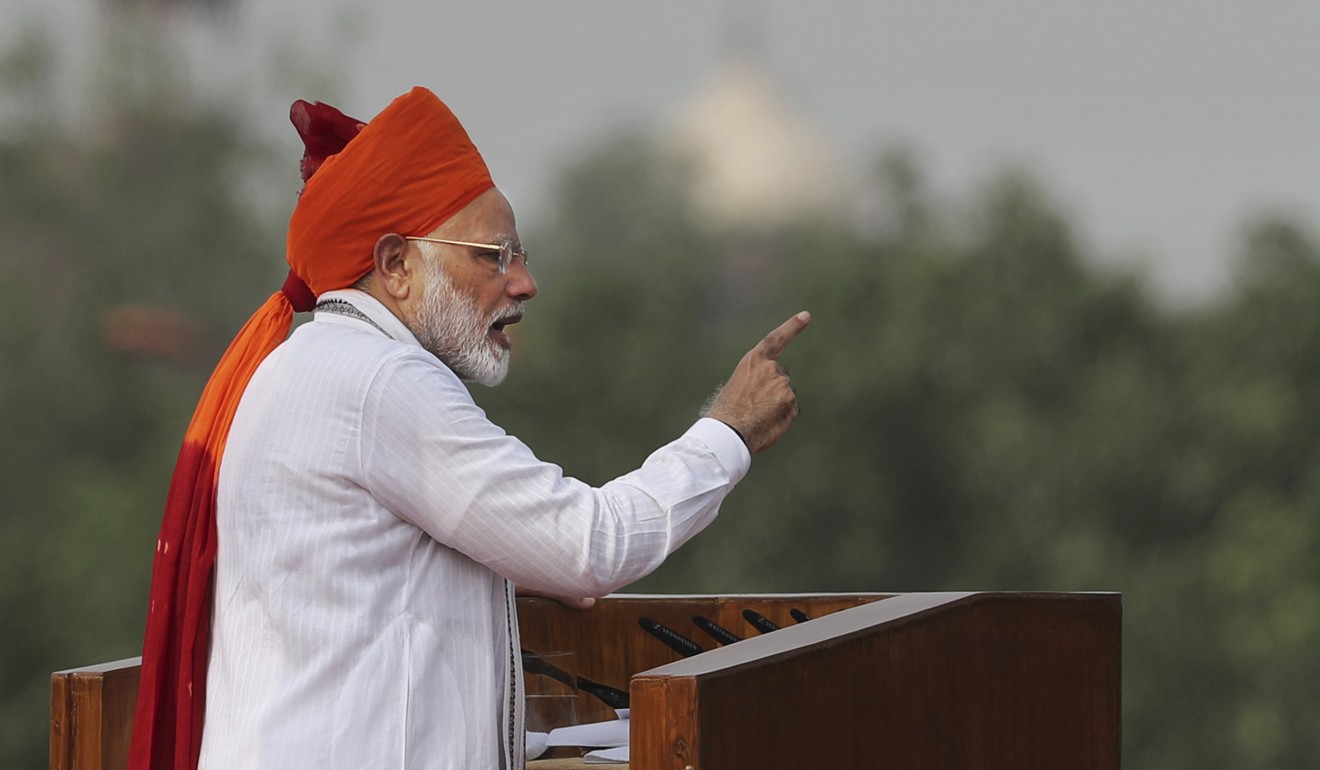
For too long, the party has been on the back foot, trying to fight the BJP on its own turf of nationalism and national security and coming up short. Congress should be spoilt for choice when it comes to questioning Modi’s record – aside from demonetisation and the GST, his rise to power has coincided with an increase in sectarian violence and attacks on religious minorities by radical Hindu “cow vigilantes”. Yet most polls show Modi on course to win re-election when voters go to the polls in a weeks-long voting process that begins on April 11 – and many people blame those predictions on a lack of direction on Congress’ behalf.
Gandhi’s press conference on the income guarantee scheme was supposed to be the party’s first step in finding that direction – and it was already faltering.
STAR POWER
Even so, only the meanest of observers would claim the press conference entirely failed. Congress did indeed claim many column inches in the following day’s papers, but it held the limelight for barely 24 hours, before Modi was once again holding court.
Violence in Uttar Pradesh helped Modi take power. Peace could kick him out
It was an unashamed appeal to patriotism: “In the journey of every nation there are moments that bring utmost pride and have a historic impact on generations to come. One such moment is today … Congratulations to everyone on the success of Mission Shakti,” Modi later tweeted.
Modi’s critics felt he had got away with something. The address was unusual for being held so close to an election, so much so that the Election Commission investigated whether he had violated its model code of conduct. However, it concluded he had not done so and Congress largely refused to capitalise on the controversy, though Rahul Gandhi did tweet, tongue firmly in cheek: “Well done DRDO [Defence Research and Development Organisation], extremely proud of your work. I would also like to wish the prime minister a very happy World Theatre Day.”
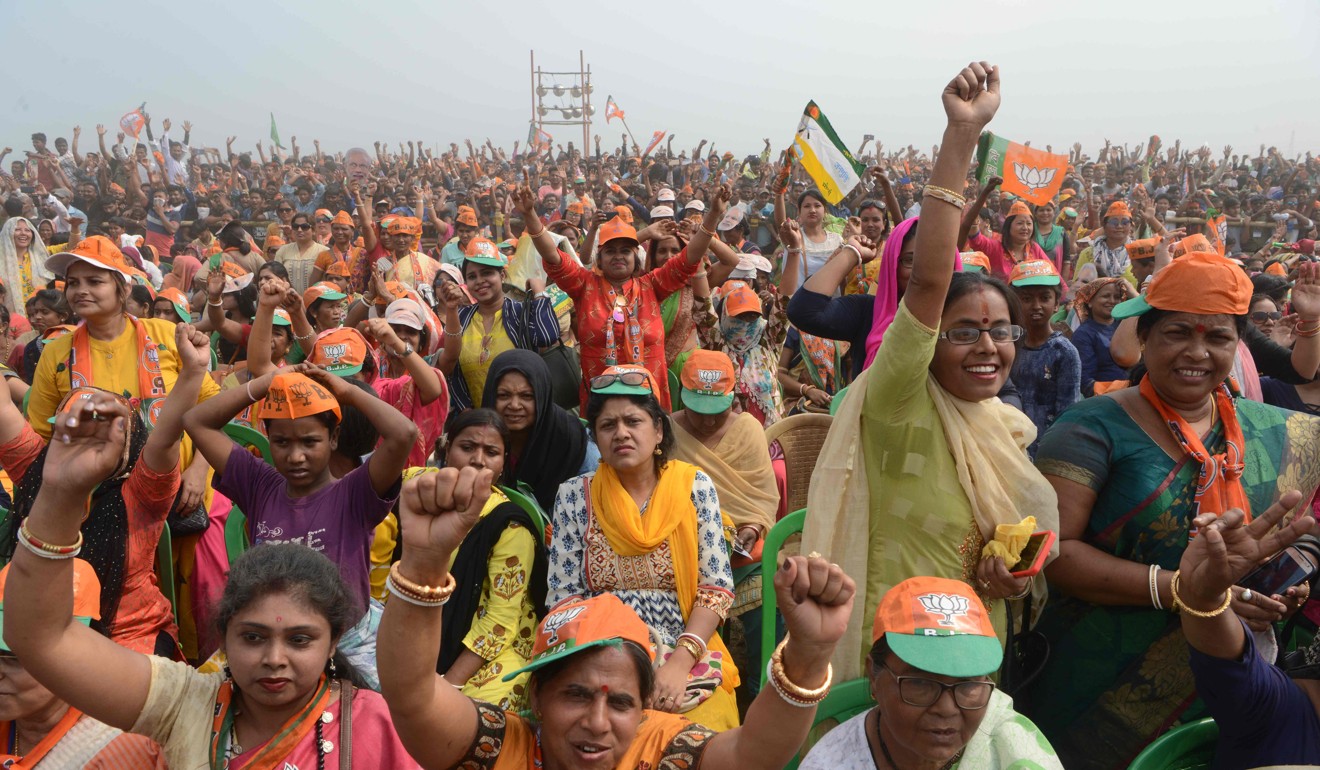
The problem for Congress is that, while it claims to be clear on where it wants to fight its battles, the feedback on the ground is confusing everyone. It seems to have decided the battles it will not fight. But – as Gandhi’s muddled press conference shows – it is far less clear about the battles it will fight.
Part of its problem lies in India’s staggering size. Finding a campaigning issue that will speak to all of the country’s 900 million or so voters can seem at times like looking for a unicorn. But on the economy, Congress thinks it has finally found the horse to back.
Religion-based crimes are on the rise in India. Does Modi love hate?
As Praveen Chakravarty, chairman of Congress’ Data Analytics department, put it: “There is simply no doubt that if there is one – and many, many public surveys have come to the same conclusion – the biggest issue when you ask voters what is their number one electoral issue on which they will vote this election…. there is nothing pan-India as such, but if there is one pan-India issue, it is jobs.” Sound convincing?
IT’S THE ECONOMY, STUPID. OR IS IT?
A few days after Modi’s barnstorming satellite speech, on April 2, Congress released its manifesto, making clear what basket it would be putting its eggs in.
“Jobs” is the simple title of chapter one. “Today, unemployment is touching a 45-year high of 6.1 per cent according to the government’s own figures,” it reads, referring to a leaked report that emerged in January.
Agrarian distress is the real threat to India’s Prime Minister Narendra Modi
But staking everything on the economy is a risky gambit. Over the past decade poverty has nearly halved, according to UN figures, and Modi has felt emboldened enough to himself campaign on a promise to youth that he will usher in “good times” for the economy.
Aside from the leaked report, there is little in the way of publicly-available data regarding employment levels, as even the economist Jean Dreze, who helped advise the 2004-2014 Congress-led alliance governments, accepts.
Still, Dreze thinks there is “at least one thing that we know with reasonable confidence [that indicates] something is wrong: real wages are not rising any more”.
“In the last five years, real wages in rural areas have more or less stagnated. That is a very serious indication that there is a [generational] lack of employment,” he said.
Surveys suggest the public share that view. A Pew Research Centre survey in 2018 found 76 per cent of respondents thought that lack of employment was a “very big problem” and 65 per cent thought things had worsened over the past five years.

Whether it’s the silver bullet Congress is searching for though is another matter entirely. The same survey found 65 per cent thought terrorism was “a very big problem” and 76 per cent felt Pakistan posed a “very or somewhat serious threat” to India. On both those issues, Modi’s nationalism plays well with voters, particularly since a suicide bomber killed 40 Indian security personnel in the Pulwama district of Indian-controlled Kashmir. Modi’s government lost little time in blaming Pakistan for the attack, claimed by the terror group Jaish-e-Mohammed, which some analysts believe is the creation of Pakistan’s Inter-Services Intelligence. Modi responded by launching air strikes against an alleged terrorist training camp in Pakistan, actions that went down well with his support base.
NOT ENOUGH
In short, campaigning on jobs alone may well not be enough.
“If we ask a question in the survey, nationalism is not the priority: unemployment becomes the top issue. But we don’t know if this concern will be the prime reason for voting this season. When people go out to vote, who will be the prime minister and the need for a stable government could trump this issue of unemployment,” said Sanjay Kumar, director of the Centre for the Study of Developing Societies, an autonomous research institute.
Why the pull of populism will prove hard to resist for Asia in 2019
Others question whether in a country of India’s size it even makes sense to go in search of a one-size-fits-all nationwide issue.
“This is something that the national media is force-fitting, saying there should be a national narrative. My data shows exactly the opposite. In Tamil Nadu, people haven’t heard of [the Pulwama terror attack] … but if you listen to the media in Delhi, it’s a national issue,” said Chakravarty, Congress’ Data Analytics chair.
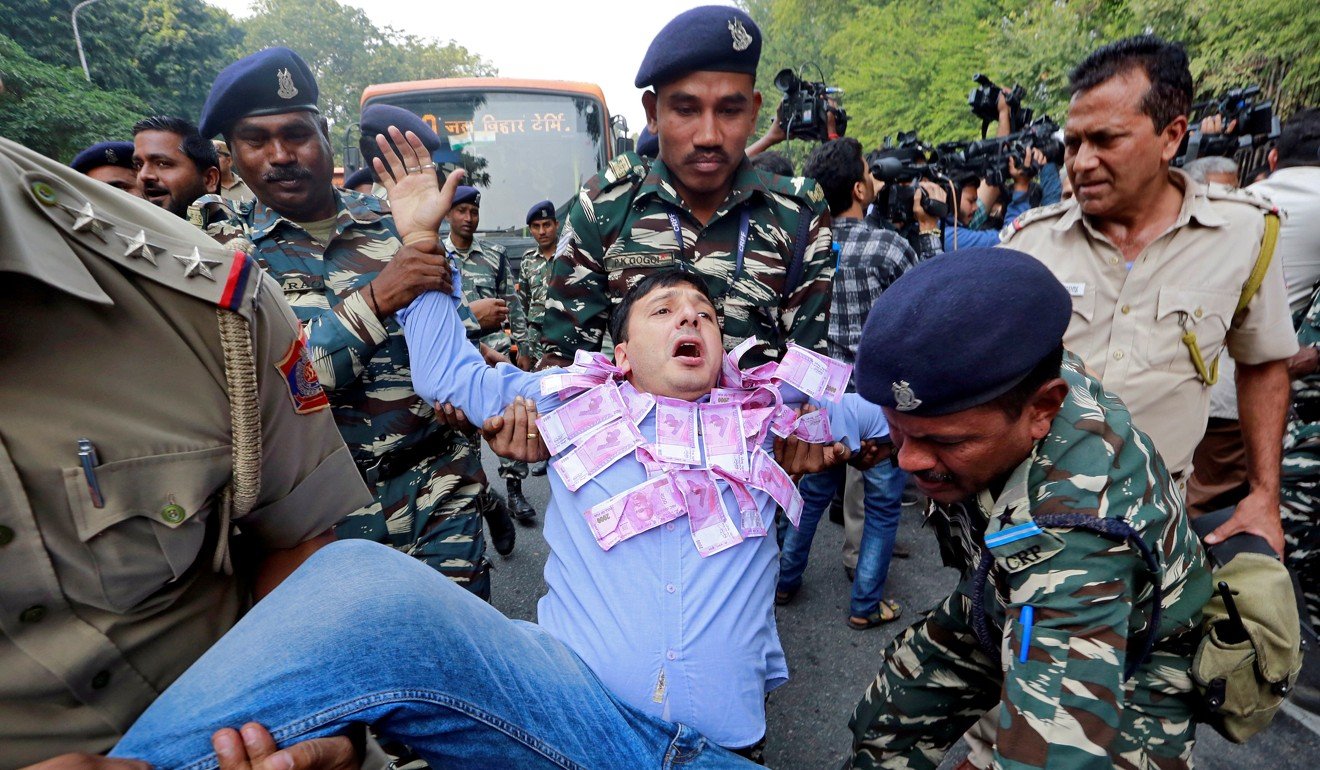
Chakravarty said the stand-off with Pakistan would not affect voter behaviour either way.
“If you ask someone who did not vote for the BJP in 2014 whether they will vote for the party now because of the [air strike ordered by Modi] most of them say no. People who voted for the BJP in 2014 and who were happy with the government of course are more gung-ho.”
Kumar of the CSDS agrees, but only up to a point. “There is no one national narrative. In all the states ruled by regional parties, this nationalist fervour is low. And in states where there is a direct fight between Congress and BJP – mainly the Hindi heartland – I think in these states, it is a failure on the part of Congress to make people believe that the real issues are unemployment and agrarian distress.”
I’M the CHOWKIDAR ... NO I’M the CHOWKIDAR
Whether Congress has picked a winning issue or not, there is also the question of whether it can compete with the common touch that helped Modi take power in the first place. Time and again, attempts by Congress to compete in this area have blown up in their faces.
Take the barnstorming rally in Uttar Pradesh on October 25, 2013, at which Modi addressed an audience shortly after being nominated as his party’s prime ministerial candidate for the 2014 general election.
Caste, Tamil nationalism and the Indian election
“Brothers and sisters, the Bharatiya Janata Party has nominated a common man like me – someone born in a backward [caste] family, someone who sold tea in train compartments ….to be the prime minister of the country. However, brothers and sisters, you should not make me the prime minister. You should make the chowkidar [watchman]. I will go to Delhi and be a chowkidar,” Modi had said.
Congress did itself no favours with its response. In January 2014, Congress leader Mani Shankar Aiyar mocked Modi, saying he would be welcome to pour tea at a Congress meeting.
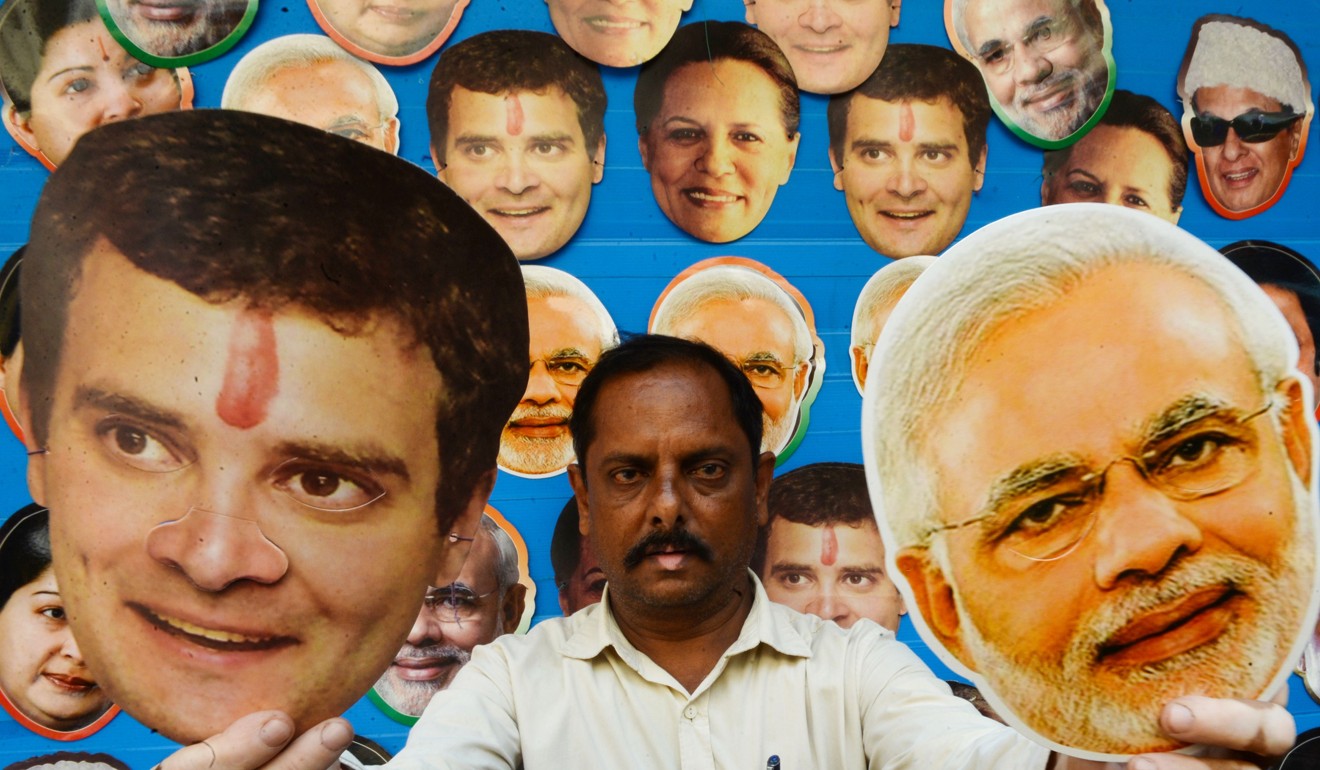
Predictably enough, those comments by the former diplomat blew up in his face, alienating voters and prompting a public backlash that inspired Modi’s campaign team to roll out an outreach programme called Chai pe Charcha (discussions over tea). The programme saw a tea-sipping Modi interacting with supporters – themselves given tea by campaign workers – over a video link. Modi’s camp claimed to have reached 1,000 tea stalls across 300 cities with just the first meeting; its organisers hoped to reach 20 million voters in total.
Aiyar did not learn his lesson. In December 2017, he called Modi a neech aadmi, a phrase that could mean “lowly person” – the use Aiyar claimed he had in mind. But the phrase can also be used to describe a person with humble – or even backward caste – origins.
Needless to say, Modi latched on to this and was soon asking voters to respond to the insult by voting against Aiyar’s Congress.
Your Chowkidar is standing firm and serving the nation
Even today, Modi is riffing on that 2013 speech. On March 16, he prefixed “chowkidar” to his name on Twitter and tweeted, “Your Chowkidar is standing firm and serving the nation. But, I am not alone. Everyone who is fighting corruption, dirt, social evils is a Chowkidar. Everyone working hard for the progress of India is a Chowkidar. Today, every Indian is saying-#MainBhiChowkidar.”
All major leaders of the BJP have followed suit with the chowkidar prefix on Twitter, as have many of the party’s supporters.
On March 31, the BJP organised an event in which Modi interacted with supporters who had taken a chowkidar pledge over a video link: the programme was beamed to 500 locations.
It is just the latest example of how Modi can take a criticism of himself, own it, and turn Congress’ narrative against it.
How caste, creed and conflict distort India’s politics
Indeed, the latest campaign is a response to a jibe made by Congress president Gandhi in September 2018, when he claimed “Chowkidar chor hai” (the watchman is a thief) in an allusion to the Rafale aircraft scandal. To see who won that exchange, think on this: six months later, Gandhi is now refusing to talk about the Rafale scandal. Meanwhile, Modi ends his rallies with a chant he has taught his followers: “I too am a …. chowkidar! In every village, city and street …. chowkidar! Doctors, teachers, engineers, youth, women, farmers too …. chowkidar!”
THE YOUTH VOTE
Doubtless, there is method in Modi’s madness. On April 4, the HuffPost reported that the ‘I too am a Chowkidar’ campaign was “conceived, designed, executed and memefied” by a secret group called the Association of a Billion Minds. Among other things, the report called the group a “fake news factory” and said that it was linked to the BJP and specifically, its president Amit Shah. The report also said the group’s Facebook pages were used to target young voters.
Going after the youth vote is a shrewd move in a country expected to be home to over one-third of the world’s 15-24 year olds by 2020. This election, 81 million individuals in the 18-22 year age bracket will be eligible to vote for the first time.

Modi is expected to reach out to these first-time voters on April 7, stealing the Congress narrative once more by going after the same demographic the party is targeting with its jobs platform. And youth can be a fickle master. A January 2019 survey by YouGov and the Mint newspaper found urban youth were more optimistic about finding jobs than they had been six months previously – giving Modi ammunition to claim his policies are working.
And however the fight for the youth vote goes, Modi can always rely on his tried and tested formula of Hindu nationalism – a theme he warmed to on April 1 just days after Gandhi’s press conference on the minimum income guarantee scheme.
The triumph of Modi propaganda in Bollywood
Addressing an election rally in Maharashtra, Modi brought up the recent acquittal of four men accused of helping the Hindu fundamentalist group Abhinav Bharat carry out the 2007 bombing of the Samjhauta Express, a train connecting Delhi and Pakistan’s Lahore, which killed 70 people. The BJP has long held that the attack was not carried out by the Hindu group, but by terrorists based in Pakistan, and has been critical of the Congress government that was in power at the time for not putting enough pressure on Islamabad. Eleven years on, it is still proving a useful campaigning tool.
“How can Congress be forgiven for insulting the Hindus before the whole world? Were you not hurt when you heard the phrase Hindu Terror? How can a community known for peace, brotherhood and harmony be linked with terrorism? In a thousand years of history, not a single incident shows an act of Hindu terrorism,” Modi told the rally.
Congress responded by claiming Modi was clutching at straws. “Don’t you hear the desperation in his speech,” its communications secretary Pranav Jha said. “This is the same narrative they used while campaigning in [the November 2018 state assembly elections in] Chhattisgarh and Madhya Pradesh [which the BJP lost]. They are desperate to invoke communal issues and it won’t work. Again, the same thing is happening. He knows it is slipping out of his hand. Pulwama is not enough.”
Once again, Modi was changing the narrative. And Congress was listening. ■

